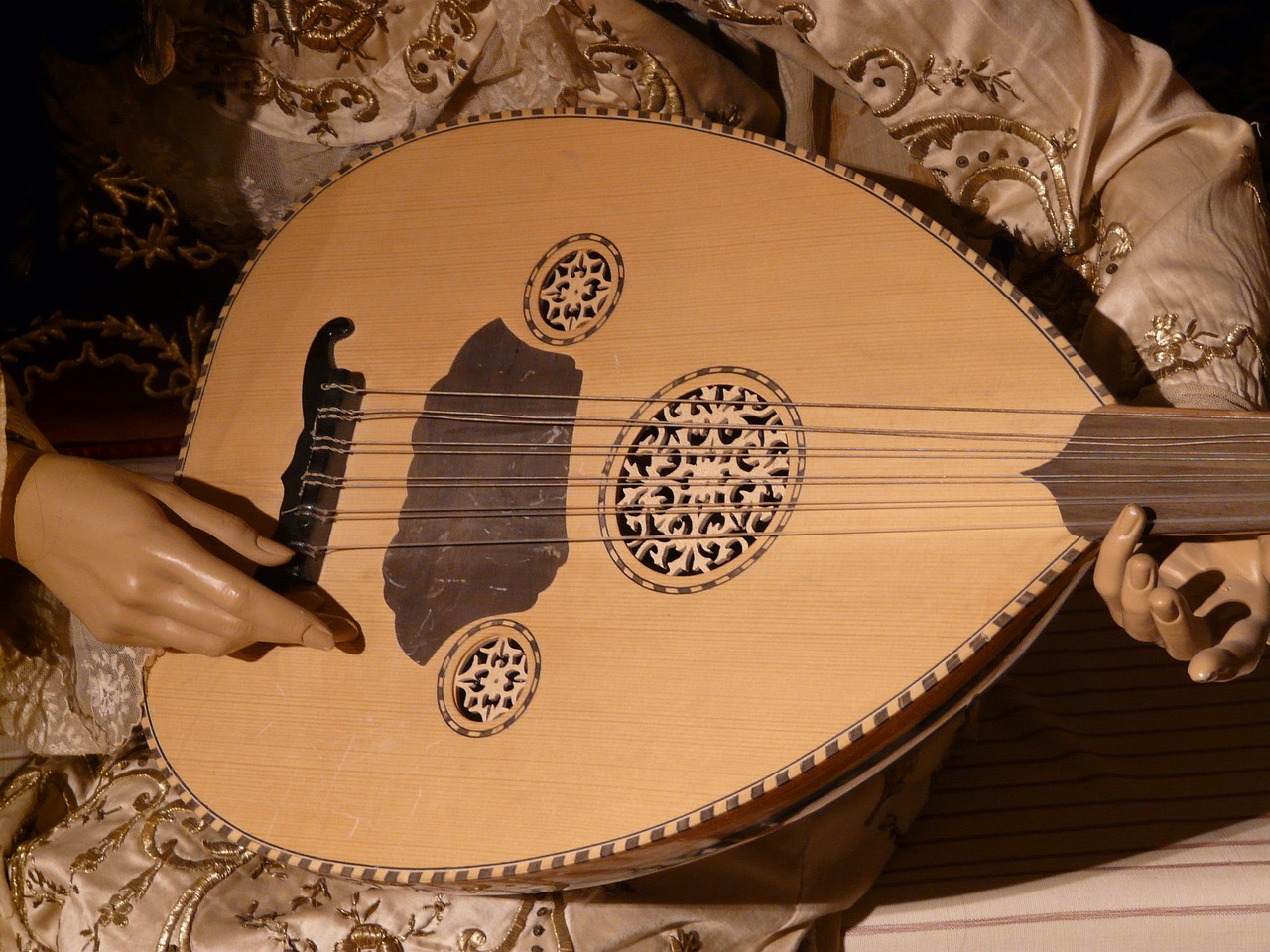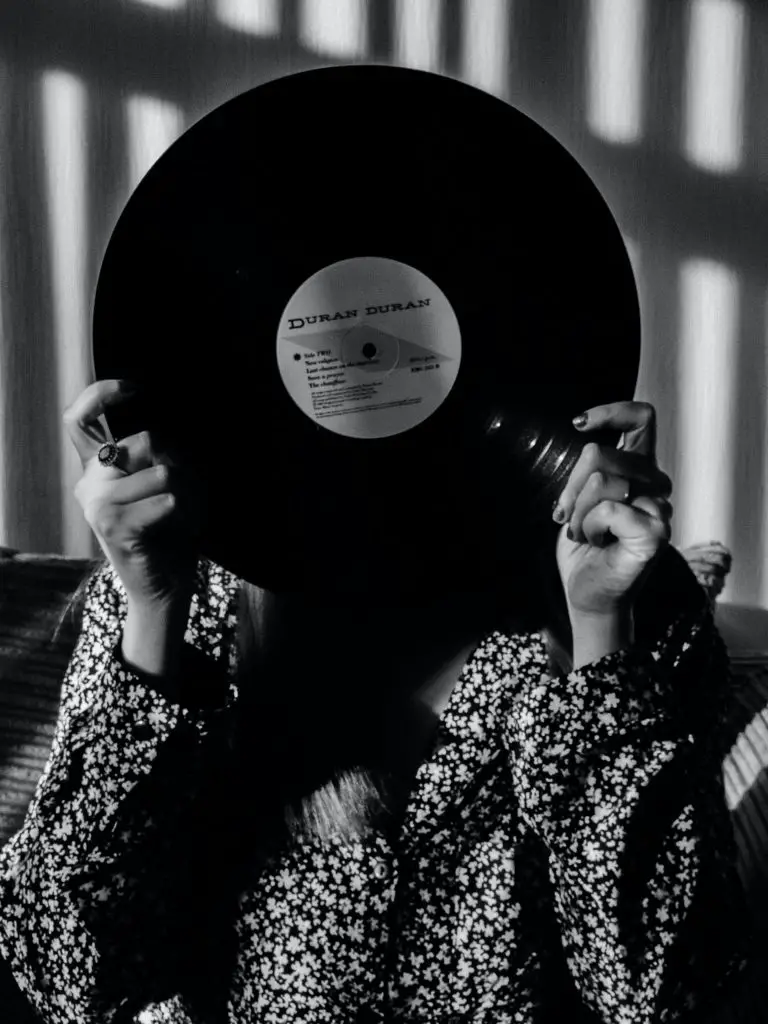Banjo vs Mandolin – How To Tell The Difference
The banjo and mandolin are easy to mix but distinct instruments with unique characteristics. But in a battle of banjo vs mandolin, what are the differences?
There are many differences between a banjo and a mandolin that, include their origins, shapes, string count, construction, playing style, and costs.
Below, you’ll find a deeper answer to the banjo vs mandolin debate.
What is a Mandolin?
The mandolin is a stringed instrument and part of the lute family. Like the banjo, you normally play it with a pick.
The mandolin usually has eight steel strings, arranged in four separate pairs. These common styles are known as “Neapolitan” (round-backed), which has nothing to do with ice cream.
The mandoline comes in round-backed, archtop, and flatback designs. Variants, like the Algerian mandole, are more likely to include these flatback styles. Archtop (or carved-top) mandolins have an angular appearance and a shallower body. The round-body option is the most well-known mandolin design.
Like the guitar, you tune it with machine heads. The tuning matches the G-D-A-E pitch of a violin. But despite the tuning, its shape and sound differ from the violin or the guitar. Its pear-shaped body makes it pretty unique.
Mandolins might also be tuned differently depending on the number of strings: which vary between the more common four-string and less common six-string models. There are also the more confusing variants, which include the banjolin (mandolin banjo), resonator mandolin, and electric mandolin.
What is a Banjo?
The banjo is another stringed instrument you can play with a pick or fingers. It has a long neck and a circular body that resembles a drum.
There are two versions: open-backed or resonator banjos. One has an open back (and is quieter), while the other bounces the noise using a “plate” on the back of the banjo (and is louder).
The material that covers the pot (front of the banjo) is stretched leather or parchment on a metal hoop. This makes it similar to a tambourine, only instead of the sound coming from ringing metal, it comes from strings.
Like the mandolin, the banjo has string arrangements from four to 12 strings. The six-string banjos are tuned like a guitar, so they have the nickname “banjo guitar.” But, banjo purists don’t always like this instrument.
Banjo vs Mandolin: History and Origins
The History of the Banjo
The banjo can be traced back to West Africa. The instrument was brought to the United States when slavery was still around (the 1600s).
It was popularized in the Carribeans and Appalachian mountains in the mid-19th century. Folk music enthusiasts in the United States favor the banjo. Earl Scruggs, for example, is one of the best-known bluegrass players known for spreading the banjo.
The contemporary version of the banjo was developed over time, with its modern design taking shape in the late 1800s. The banjo has a distinctive sound described as bright, percussive, and full of character. It is commonly used in folk and bluegrass music but has also found its way into other genres, such as jazz and rock.
The History of the Mandolin
The mandolin’s roots can be traced back to Europe. Its compact design first emerged in Germany and Italy during the 1700s.
Its origins trace back to the mandora of the 1500s. Italian luthier to the queen of Italy, Pasquale Vinaccia, improved the mandolin into its recognizable modern version (round-back).
With its haughty origins, it makes sense to be most popular in classical music. However, it has also been incorporated into other genres, such as folk, bluegrass, and rock. You can spot it in the hands of some music enthusiasts or orchestras in Japan and Germany.
The mandolin has a unique sound that can be described as bright, crisp, and clear, and is often used to create melodies in music.
Banjo vs Mandolin: Construction and Design
How Does the Banjo Look?
The banjo typically has a round body with a drum-like head made of animal skin or synthetic material. The neck of the banjo is long and narrow and features frets, much like a guitar.
Banjos can vary based on neck length (tenor banjos are shorter) and the number of strings (from the classic four up to 12). Banjos can also be made into hybrid instruments, including the banjo mandolin (banjolin) and banjo ukulele.
How Does the Mandolin Look?
The mandolin has a tear-drop-shaped body with a flat top and back. The neck of the mandolin is also long and narrow and features frets, much like a guitar or banjo.
Like banjos, they usually have round bodies, but they’re completely made of wood.
Mandolins come in four forms:
- Archtop – pressed into an arched shape
- Flatback – has a flat bracing for the back
- Round-back – the most standard variety with a round back
- Double top/back – An experimental design dating back to the 21st century
Weird variants of mandolin include banjolins, electric mandolins, and resonators (with metal cones instead of wooden ones)
Banjo vs Mandolin: Playing Styles and Techniques
The playing styles and techniques of the banjo and mandolin are also quite different.
The banjo is often played using a technique called “clawhammer.” This involves striking the strings with the back of the fingernails or with a special “finger pick.” This technique is what gives the banjo its unique percussive sound.
The mandolin, on the other hand, is often played using a technique called “chop,” which involves strumming the strings in a rhythmic pattern using a pick. This technique is often used to create melodies in music and gives the mandolin its bright and crisp sound.
Similarities Between the Mandolin and Banjo
Both are stringed instruments, so they can use a pick(or plectrum). They also both feature frets on their long and narrow necks, which guide players to different pitches and notes. Both instruments are also popular in folk and bluegrass music.
The body shapes are similar (tear vs circle) but create distinct noises. So, despite how often they are compared, they are very different instruments.
Choosing Between the Banjo and Mandolin
So, which instrument is right for you? That depends on your preferences. Here are some factors to consider when deciding between the banjo and mandolin:
Sound
The banjo has a bright, twangy, and soulful sound. It is the sound of American bluegrass, with an easy-to-distinguish tone compared to alternative instruments.
The mandolin, meanwhile, sounds like a high-pitched guitar. So, if you want a guitar, but only want to play on higher octaves, a mandolin is a solid alternative.
Playing Style
The banjo and mandolin use picking and strumming, but the techniques differ.
The banjo is typically played with a three-finger picking style, where the thumb, index, and middle fingers pick the strings.
You might also prefer the clawhammer style or using a pick. It’s all up to you to find something that works best for your needs.
The mandolin, on the other hand, follows more closely to the guitar. But, bluegrass playing styles exist, mimicking the style of popular banjo players.
This leaves a lot of flexibility, but the playing style you choose affects the sound. So try many things out before you marry yourself to a single style.
Ease of Learning
Banjos generally have less string tension, meaning it’s less “tough” to pick up. Meanwhile, the mandolin will build finger callouses faster, making learning harder.
Both instruments are equally challenging to learn in their base forms. However, they generally have fewer strings than guitars, making them simpler alternatives. However, that changes if you get six-string variants of either instrument.
Cost
Mandolins are more expensive because fewer are made, making them “rarer” than banjos. But, you will find information that contradicts this, as there are expensive banjos, cheap mandolins, and vice versa.
Think of a hurdy-gurdy, which is a niche instrument that’s only made one at a time. As a result, these instruments are unique, handmade, and start at $500. When you make less of something, they tend to be more expensive.
Final Thoughts
Both the banjo and mandolin are unique and beautiful instruments with their own distinct characteristics. Choosing between them ultimately depends on your preferences, playing style, and the type of music you want to play.
Don’t pick a musical instrument because it’s popular; pick it because it speaks to you. Reminding yourself that banjos are more twangy while mandolins are high-pitched guitars is a great start. But, try each of them out by playing them first, then you’ll know for sure.







